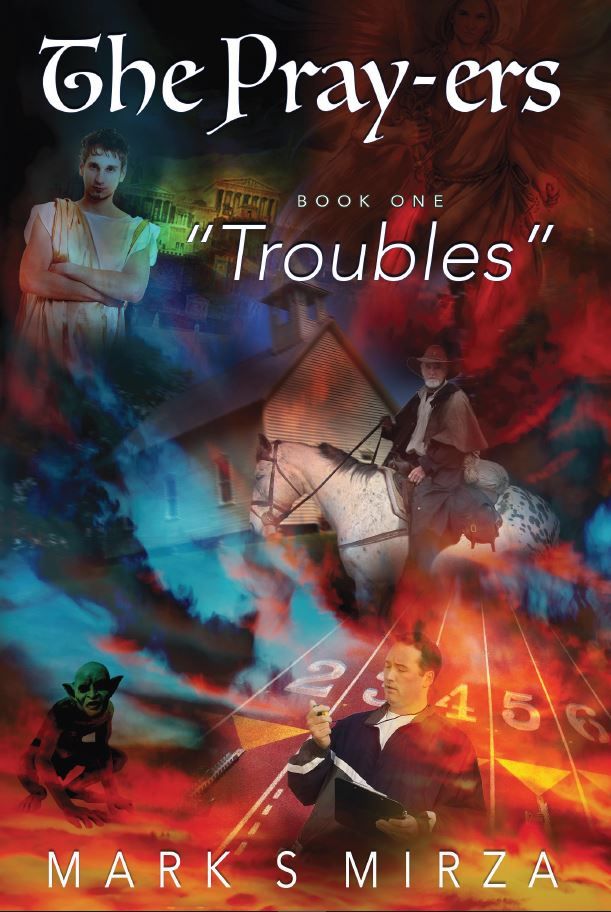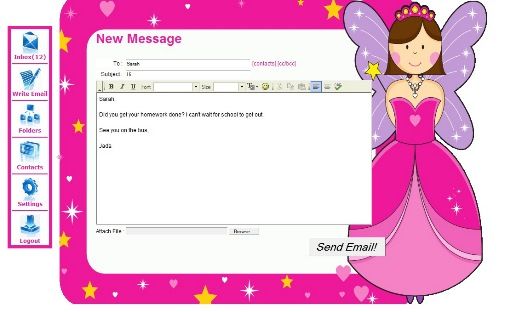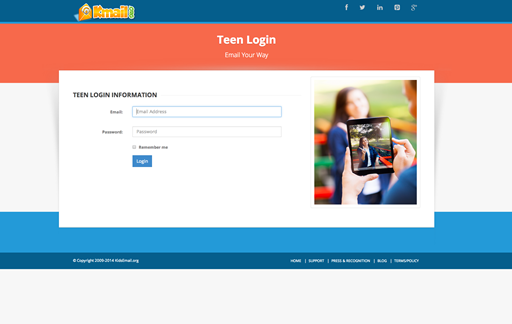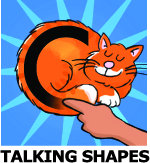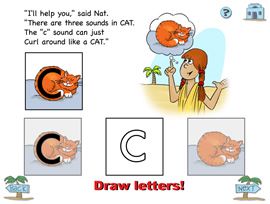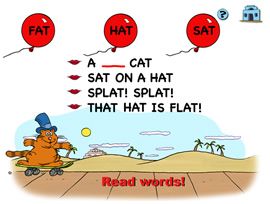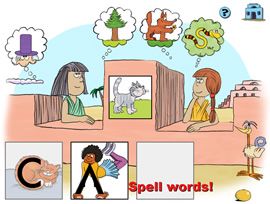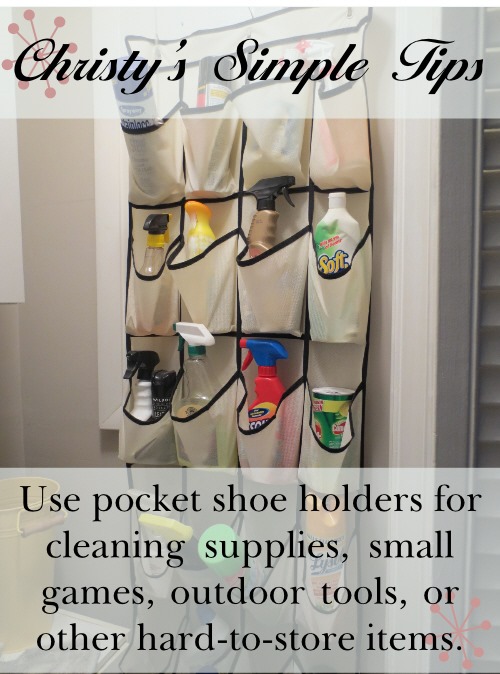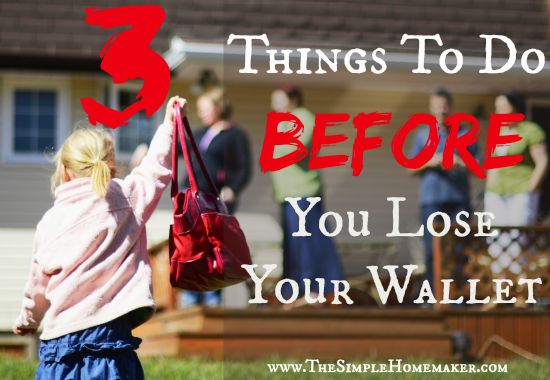Note: We were given a free one-year CTCMath Homeschool Membership from CTCMath in exchange for this fair and honest review.

CTCMath is a top-ranked math curriculum that is available completely online. While there are individual memberships, the family membership that we have is for use with up to 10 children. (Whoa. That’s a lotta kids. I know because we have to feed almost that many.) I think it’s 10 because that’s how many the instructor Patrick Murray has.
The program is completely online and covers almost any level of math you could want. I’m not sure if they have Einsteinian genius level, but it does cover kindergarten through calculus. Is there anything beyond that?
There are more topics in each grade than I knew existed! This is great, because you can hone in on where your student needs help and use CTCMath as a tutor to increase comprehension and grades. This is a popular reason why non-homeschooling families use CTCMath.
Think about it. In class, it isn’t possible for the teacher to act as personal tutor to each student. It takes a brave student to repeatedly ask questions and essentially demand that the teacher halt all forward progress until that child’s personal math needs are met. That means if a child is struggling, he will continue to do so without help. CTCMath is that help.
Advanced students can move ahead of the class–nothing holds them back when they have access to CTCMath. No more bored math geniuses.
CTCMath is also popular among homeschoolers because a child can move at his own pace, reviewing as often as necessary to attain mastery. Plus there’s that 60% price discount. Cha-ching! Even my faulty math knows that’s a good thing!
How does CTCMath work?
A child can take the diagnostic assessments to determine where his struggles are, so he only needs to work on those areas and not topics that are already easy for him. I’m big on not boring children by teaching them what they already know.
He can then watch the video lesson, which uses a multi-sensory approach to learning:
- Visual. They watch the graphics on the screen as the math is being taught.
- Aural. They listen as Mr. Murray explains the approach.
- Kinesthetic. (Hands on.) They put their new skills to use immediately with online practice or on printed worksheets.
Obviously, the next step is number 3 above. The student does the online practice problems or printed pages if you go that route. He can also use the online drills to improve quick mind math skills. Who doesn’t forget those when having to give a customer change or when someone finds out your kids are homeschooled and volunteers to test their knowledge? ARGH! I knew this two seconds ago!
What parental features are included?
CTCMath records all the child’s results and sends you a weekly update so you can see where your child needs more practice or whether they’re ready to move on.
The program also allows you to assign tasks and deadlines for each student, and it alerts you to the child’s progress. The child will see the tasks when he logs on.
Did you catch what I just said here? The computer does both the nagging and the record-keeping for you. Sweet!
Can I say something about the budget?
I don’t like online memberships, because you can’t “hand them down” to the next student. Know why that’s a good thing? Not every child learns the same way. In my household, you use the math book your older sibling used because that’s what we have and we want to eat. That’s not the best approach to math curriculum selection.
Want to know why that’s a bad thing? You have to repurchase memberships every year.
That said, if you had 10 kids (or 8 like me), you can really stretch that membership and those homeschool dollars! Not bad. Still, no hand-me-downs.
Our Experience
I used this program with my seven-year-old, which was really a mistake of children to choose for the review period. My ten-year-old was begging to be able to use it, but I said I had access for 1 student. When I came here to write my review, I realized I had access for 10 students. That “0” at the end of the “1” has meaning. This is why I don’t teach math without a curriculum like I do English. Yup. Ten. Not one. Ten.
So, as of this week, my 10-year-old son will be jumping on board. He is doing great in math, so CTCMath will serve as a reinforcement and to spackle some putty in the cracks of his learning. I’m also making it available to my 17-year-old college sophomore who is considering studying calculus “just for fun.”
See that attitude–just for fun? I don’t think calculus is fun. Calculus has cooties. I know, because I had to study it for a year in college to get my English degree and become a writer. I did well in logic, and the philosophy behind that last sentence contains absolutely no logic. Therefore, I throw up in my mouth a little when I think about calculus. But with CTCMath at our disposal, my oh-Mommy-calculus-is-so-fun daughter can take it all by herself without my having to get anywhere near the cooties. That’s like Christmas…except not quite, because it has the word calculus in it…and the cooties.
Back to my original point…
The reason it was a mistake for me to jump in with my seven-year-old is that, with our unexpectedly barely-there internet access over the past couple months and our consequently severely limited online time, I needed to have someone on board who could speed over the technological learning curve that throws me almost every single time I have to do something different online. She wasn’t it. For math, I need a book…with pages…I can turn.
On my tombstone will be written “Here lies Christy. She was old school.”
That in no way detracts from the lessons themselves or the program as a whole. It just points out that I’m a techno-idiot, even on a program that the rest of the homeschool world uses with ease. Yes, I feel dumb. Thanks for noticing.
My kids–they could figure this out faster than I did…and would have, had I know that 1 does not equal 10. All this to say that my learning curve issues will not be your learning curve issues, and you will get to the good stuff a lot faster than I did.
I don’t think I will ever prefer computer math over paper math, because I’m 43.5 and 2 days old, and that’s how I roll. I like the kids to work things out with pencil and paper. It feels right to me. Still, the approach to these lessons is great:
- They are short.
- They are interesting.
- The teacher doesn’t sound like Lina LaMont from Singing in the Rain, which is especially good since he’s a fella.
- They don’t cover too much in a single lesson.
- They engage you visually and aurally while giving your hands interactive practice.
- If you want, you can print out lessons and your kids can work out the problems on paper using a pencil while you sit close enough to sniff the paper and listen to the sounds of graphite gliding across the lightly dimpled surface.
- They show how the solution is done, in case your kiddo says, “But why, Mom?”
As my other children move deeper into this program, I will let you know right here what the kids think. Meanwhile my little girl is having a great time with her subtraction facts, and getting quite good at them, although she sheds tears over the diagnostic assessments. Is that just my kids? Really, I want to know.
Additional Notes for my Fellow Roadschoolers:
You know what I’m going to say here. I’m going to gripe about internet connection…and you’re right. We struggled with our ability to use this program due to internet connection. We had terrible connections and limited data during the majority of the review period and couldn’t use the program to its full extent. Sad face. This is a pretty big deal if you paid for a year’s membership and can’t use it for a couple weeks here and there. Sorry kids–no math this week. (If it’s computer math, that makes my kids sad.)
Now bear in mind these aspects of our unique situation that do not apply to the majority of roadschoolers:
- We are in a new place every few days. Not every month or even every week–every few days! Sometimes every day.
- We are often out in the boonies. (You can look that up on a map. It will say “Boonies.” That’s where we often are.)
- We have (actually had until a few days ago, but that’s a review for another day…and another blog) very limited data for roadschoolers with online businesses and a music mission. We had to count our gigs like most people (should) count their pennies.
There is an option. You can print out worksheets and review summaries for your students if you know you will be somewhere that requires old school schooling. Just pop the papers in a flexi-binder and take up a fraction of the space of traditional math programs.
I know roadschoolers who use this program without that issue, so consider your own situation and don’t let ours scare you away by any means!
You know my other major consideration when evaluating roadschool curricula is how much space something takes up. This takes up none. SCORE! There is the option of printable worksheets, which do take up space, unless you’re like me and you throw them away when they’re completed instead of saving them or plastering them on the refrigerator. You also know I don’t like printing in the trailer, because it’s a pain the backside, so you know I didn’t print those pages anyway, which saves even more space. If I’m going to have math papers, they’re going to be in a book. But you…you might not be as math-paper-averse as I am.
So, summarizing:
Internet-dependent, space-liberated.
Want to know what normal homeschoolers think? Click here or on the banner below:

Social Presence:
CTCMath has an active online presence. Go peek at them or get totally connected here:
~CTCMath (US and Canda)
Facebook: https://www.facebook.com/ctcmath?ref=hl
Twitter: https://twitter.com/ctcmathofficial
Periscope: https://www.periscope.tv/ctcmathofficial
Pinterest: https://au.pinterest.com/ctcmath/
Youtube: https://www.youtube.com/channel/UCWn5e6974bpIEAe46VnovZw
~Maths Online (Australia Only)
Facebook: https://www.facebook.com/mathsonline.com.au
Youtube: https://www.youtube.com/user/MathsOnlineAU

Save
Save
Save
Save
Save
Save
Save
Save
Save

